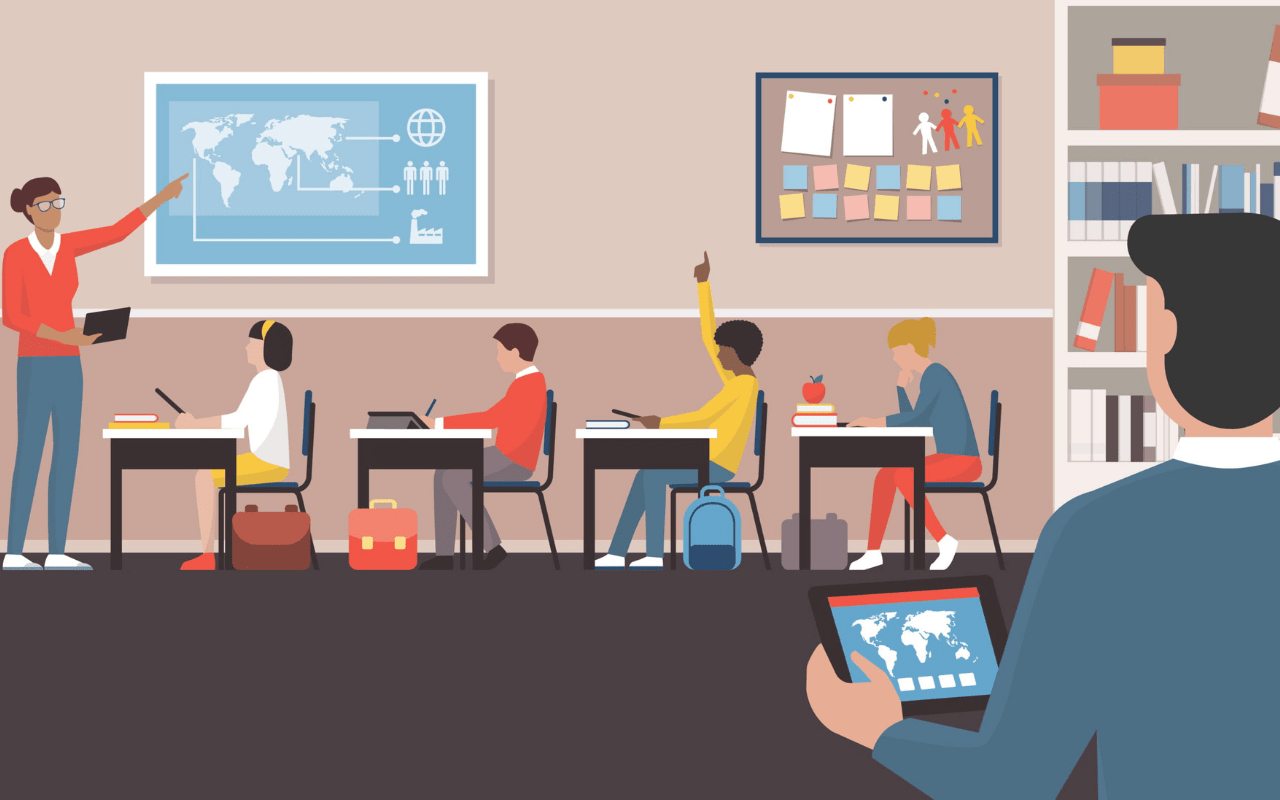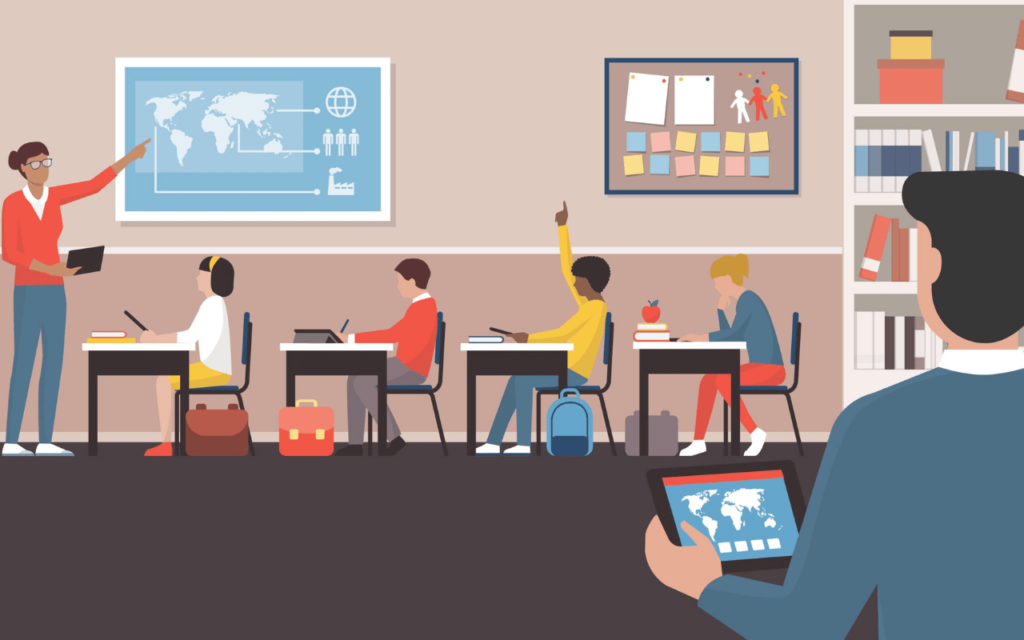
20 Aug BRIDGING THE GAP BETWEEN TEACHERS & STUDENTS VIA DIGITAL CLASSROOM SETUP
“The effectiveness of digital classroom setup has been proved, and it may provide an alternative that is much faster, less expensive, and potentially more promising than traditional educational formats“.
Until the early 2000s, education was limited to classrooms or similar settings and was led by educators in person. Despite its many benefits, the traditional classroom setup fell short of its primary goal of making education truly universal. It lacked the necessary infrastructure and struggled to provide quality education across geographies.
With the commercialization of internet services and the widespread availability of personal computers, we have moved a significant step closer to making affordable education a reality, a long-cherished goal around the world.
The digital classroom setup was born out of the need for high-quality, engaging, and accessible education. The core philosophy of digital classroom is to inspire a lifelong value for learning, to spark interest in studies and spread easy digital education to all.
We realize that the learning needs of every student is unique based on their learning style, interest, and their past academic history and understanding this is the key to making every student successful. With digital classroom technology we can transcend traditional boundaries and truly enable customized self-paced learning.

The various digital classroom platforms offer numerous benefits for teaching-learning process, including:
1. Agility:
Course materials can be accessed from anywhere in the world, regardless of time zone differences, the student’s location, or their current status. From a busy working professional studying online late at night to a stay-at-home mom brushing up on their knowledge before re-entering the job market, online learning provides the much-needed flexibility to study and complete a degree at one’s own pace.
2. Capacity and consistency:
E-learning provides educators with extensive coverage for the target students, ensuring that the message is communicated in a pre-determined manner and allowing all learners to receive similar training of equal quality.
3. Access to unlimited learning methods:
Students enrolled in online courses can always access learning materials such as module contents, assignments, lecture materials, podcasts, and recorded sessions at any time during their studies. Module educators for postgraduate courses are always available to answer questions via emails, messages, and Skype calls.
4. Discreetness:
Not everyone in a large group has the same level of openness to learning; here e-learning plays a really crucial role. E-learning allows each candidate to go through each subject at their own pace, with interactive assignments ensuring an in-depth understanding throughout the course-content.
Blended teaching-learning approach has consistently resulted in higher knowledge retention rates. It may also aid the course framework in providing refreshed and updated content as needed. The effectiveness of e-learning has been proved, and it may provide an alternative that is much faster, less expensive, and potentially more promising than traditional educational formats.
Because of the availability of Digital Classroom, anyone in any part of the world can now obtain a world-class education with the click of a button. The most significant contribution of e-learning is probably that it effectively bridges the gap between educated people and the section of society that could not access higher education despite a desire to do so due to various constraints.


No Comments